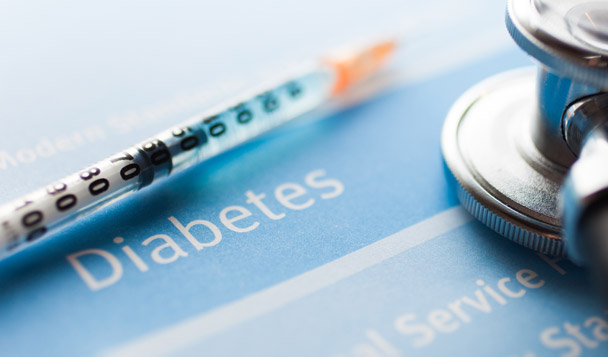No products in the cart.
Uncategorized
Diabetes–What You Need to Know
Diabetes is a disease in which blood glucose levels are above normal. Our body converts, most of the food we eat into glucose in our bodies to burn to create energy. The pancreas produces a hormone called insulin to help glucose get into the cells of our bodies. Your body either doesn’t make enough insulin or can’t use its own insulin when you have diabetes. This causes large amounts of sugar to build up in your blood.
Unknown cause
The definite cause continues to be unknown, although both environmental and genetic factors such as obesity seem to play the most important roles. It can cause serious health complications including heart disease, blindness, kidney failure, and lower-extremity amputations.
There are two main types of diabetes. Type 1, which was previously called insulin-dependent diabetes or juvenile-onset diabetes, accounts for about 10% of all diagnosed cases. Type 2, i.e. non-insulin-dependent or adult-onset diabetes, accounts for the remaining 90%. Gestational diabetes is a type that only pregnant women get. If not treated, it can cause problems for both the baby and the mother. Gestational diabetes develops in 2% to 5% of all pregnancies but usually disappears when the pregnancy is over.
Understand diabetes
Diabetes is a serious disease. In addition to the loss of lives , it has a tremendous economic impact due to medical bills going into thousands and indirect costs such as lost workdays, restricted activity, and disability due to diabetes.
The diabetic community has three choices in response to this growing health burden: prevent; cure; and improve the quality of care of people with diabetes to prevent devastating complications. Many government agencies, at all levels, carry educational campaigns in an attempt to prevent the disease, especially type 2. Several approaches to “cure” the condition are also under persuasion. Pancreas transplantation, islet cell transplantation (islet cells in the pancreas produce insulin), the development of an artificial pancreas, and genetic manipulation where fat or muscle cells that do not normally make insulin have a human insulin gene inserted and are then transplanted into people with type 1.
No definitive cure, Prevention and Control possible
While there is yet no cure, healthy eating, physical activity, and insulin injections are the basic therapies for type 1. For those with type 2, treatment includes healthy eating, physical activity, and blood glucose testing. Many people with type 2 may require oral medication to control their glucose levels. People with diabetes must take personal responsibility for their day-to-day care, and keep blood glucose levels from going too low or too high. The key to living a long and healthy life is to learn about the disease, exercise daily, follow a food plan (right portions of healthy foods, less salt and fat), take prescribed medications, stop smoking, get routine medical care, monitor your blood glucose the way the doctor tells you to, brush your teeth and floss every day and remain positive.

